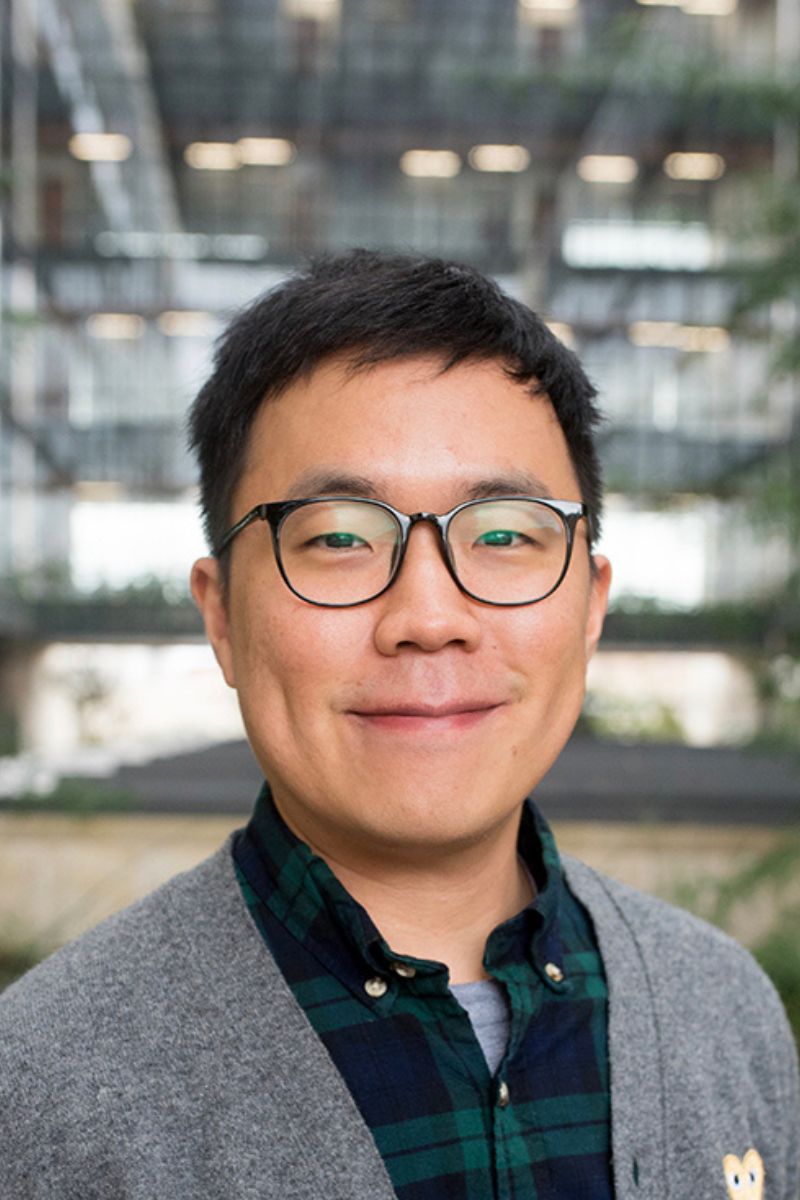New UTA tool aims to transform wheelchair access

June Young Park, assistant professor of civil engineering at The University of Texas at Arlington, has received a grant from the National Science Foundation to lead a research project that could significantly improve how wheelchair users navigate and access buildings.
The project, part of the NSF’s Smart and Connected Communities program, brings together an interdisciplinary team of experts in psychology, kinesiology, social work, computer science and disability studies. Their goal is to better understand how wheelchair users perceive and interact with building environments—moving beyond standard accessibility guidelines and toward a more user-centered design.
“While the Americans With Disabilities Act has led to important progress, our buildings and public spaces are still largely designed with ambulatory individuals in mind,” Dr. Park said. “We want to explore how wheelchair users experience thermal stress, air quality and physical exertion in ways that are often overlooked by current design standards.”

A key innovation of the project is a new a tool called WHEELCOM, a device that attaches to a wheelchair—not the user—and collects data on motion, kinetic energy and other factors. By applying machine learning, researchers aim to better understand how building design affects comfort and exertion for wheelchair users—insights that could directly inform smarter design decisions.
Related: UTARI scientist earns top award for wheelchair technology
“Previous studies relied on placing multiple sensors on the individual, which can be fatiguing,” Park explained. “By focusing on the wheelchair itself, we’re making the technology more accessible and less intrusive.”
The project is expected to begin local testing with the UTA community as early as fall 2025. Park says the long-term goal is to provide architects and engineers with better tools for designing in an era of smart technologies.
Related: UTA paralympian: ‘This will be a special games’
“This research is about expanding our vision on what a human-centered built environment can be,” Park said. “With the tools we now have—machine learning, sensing technology and collaborative expertise—it’s time to rethink how we design buildings that truly serve everyone.”